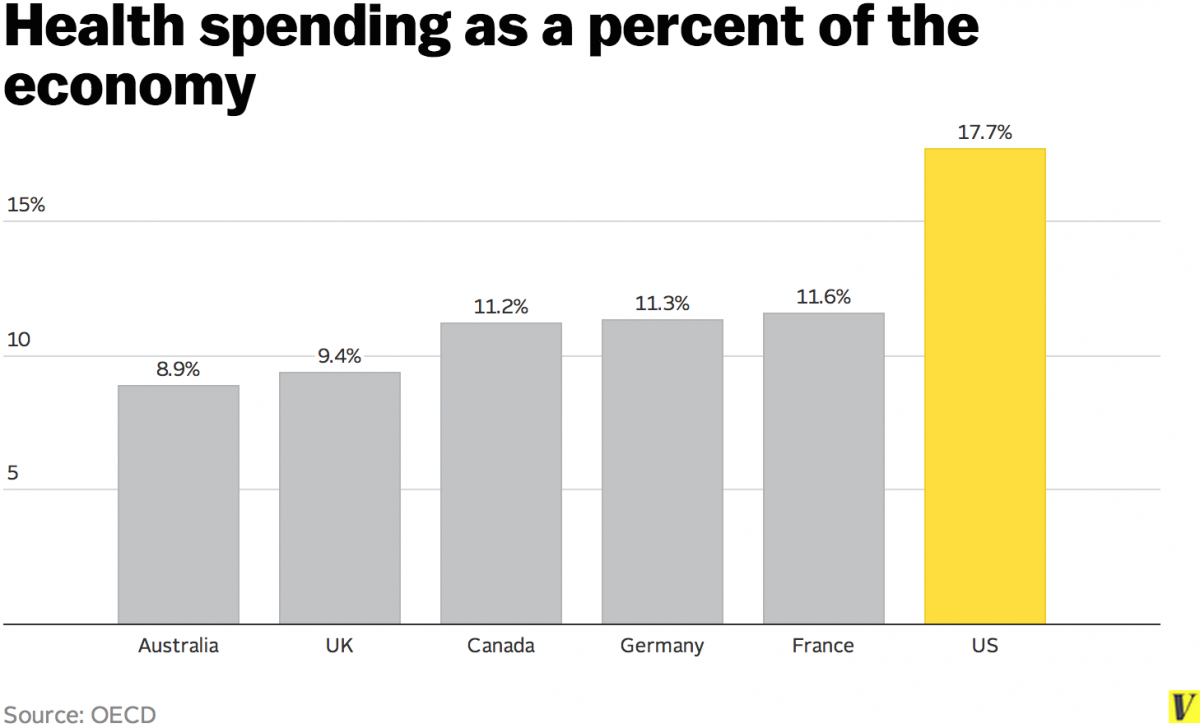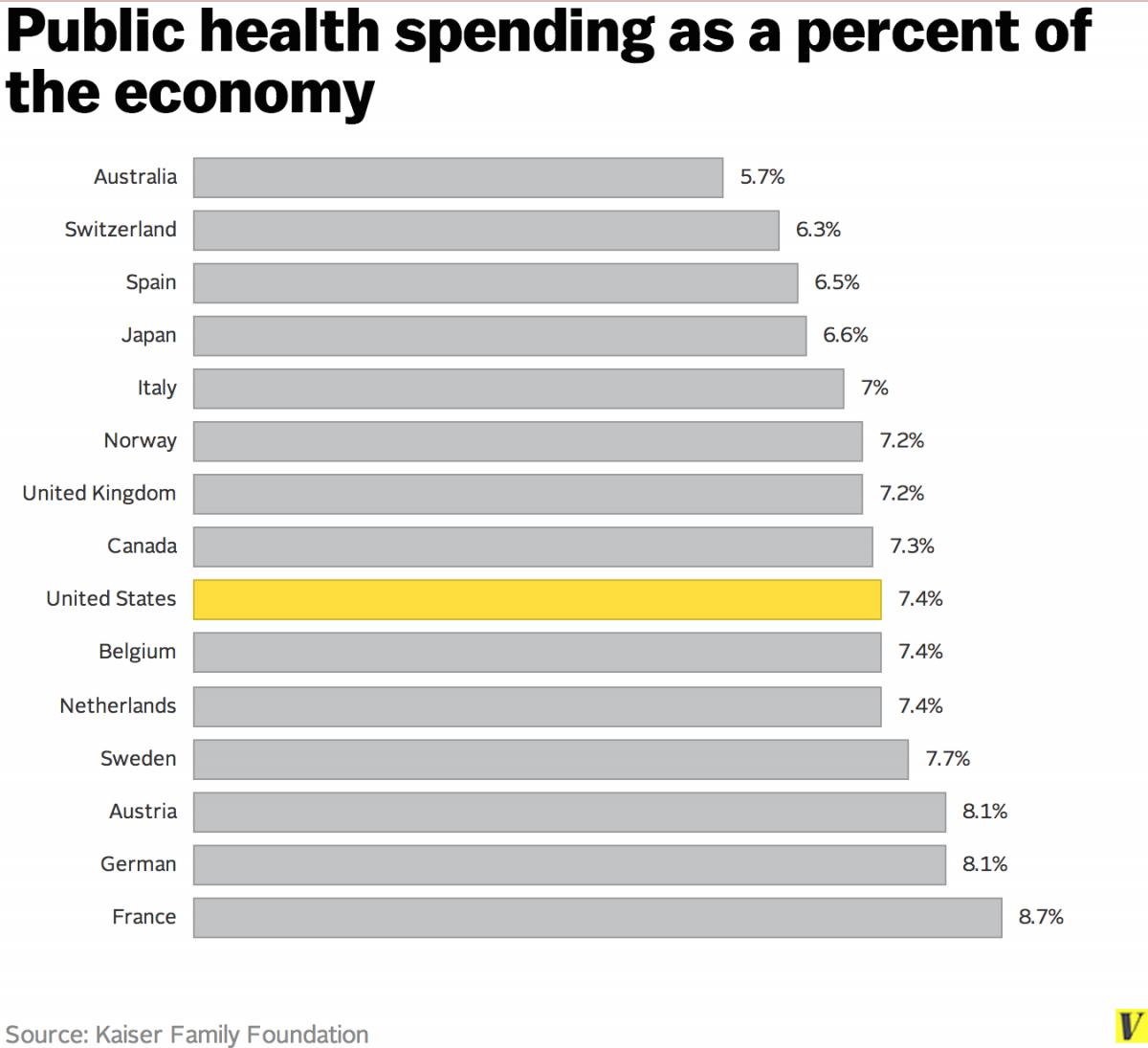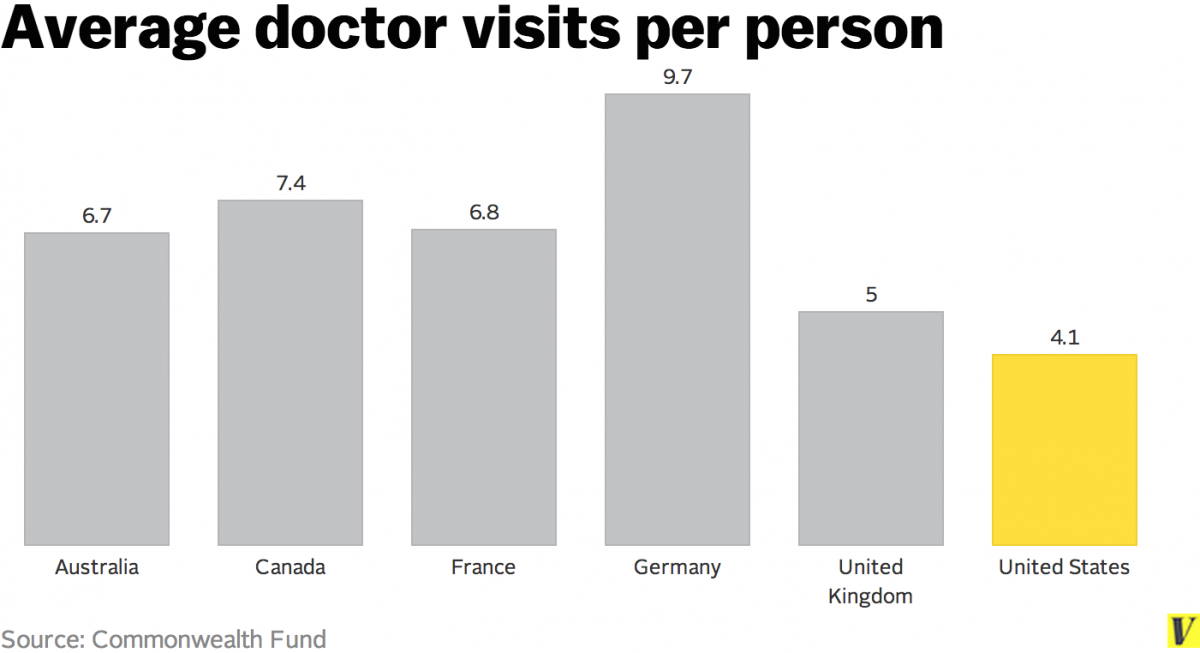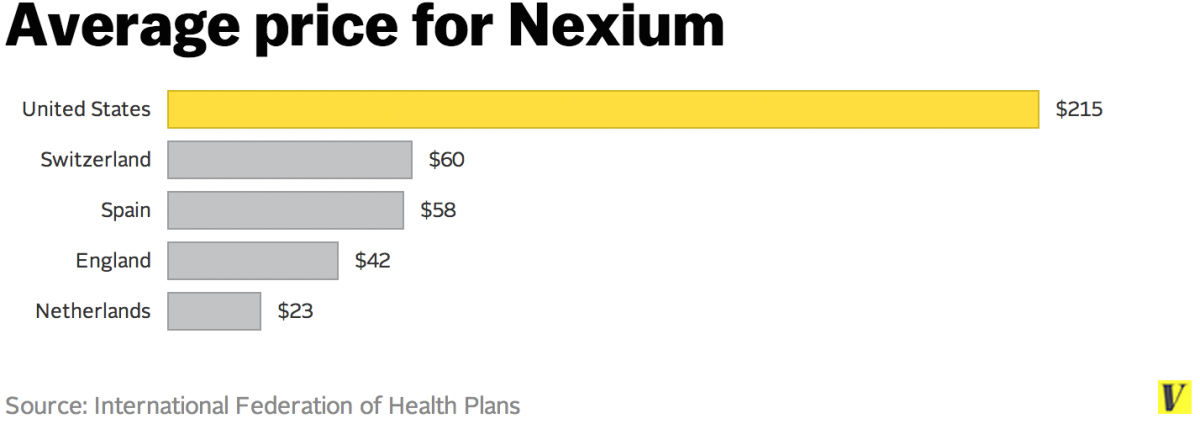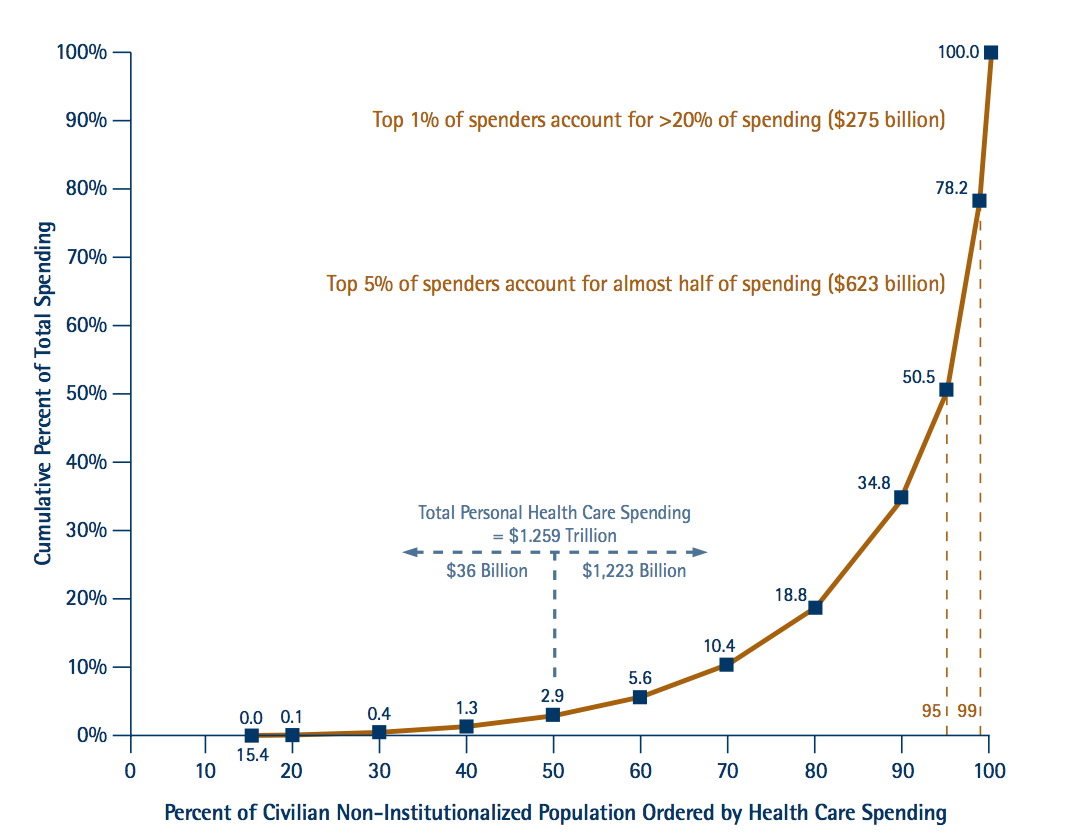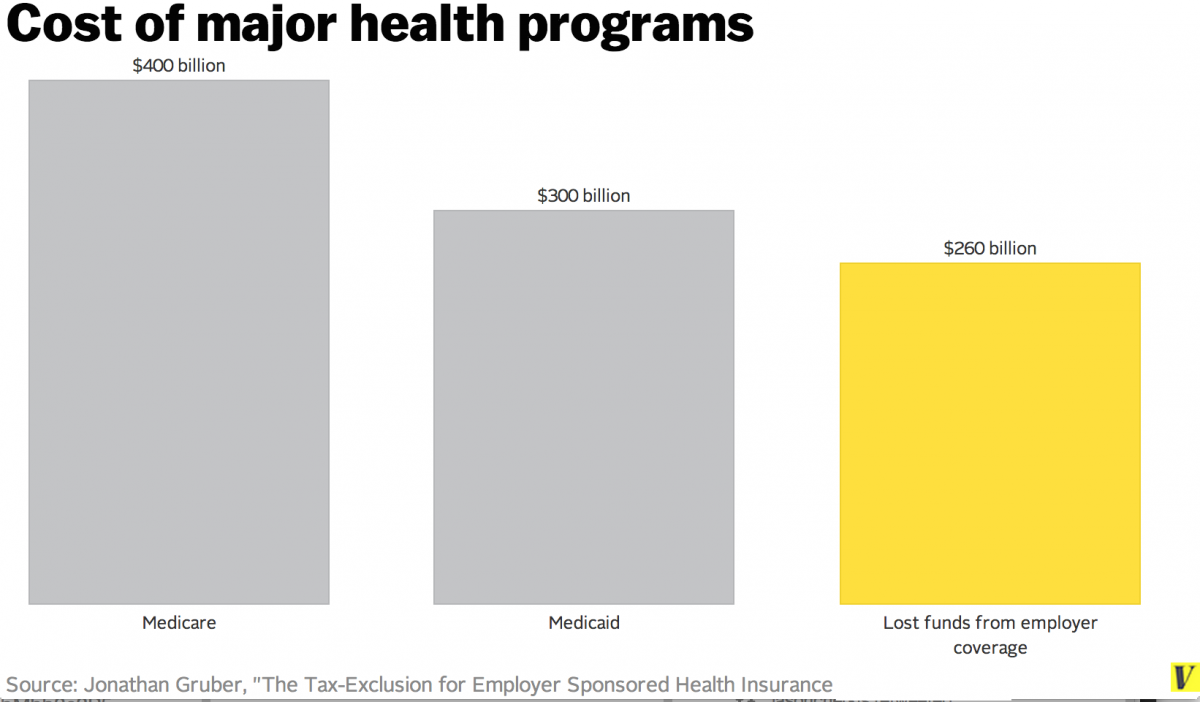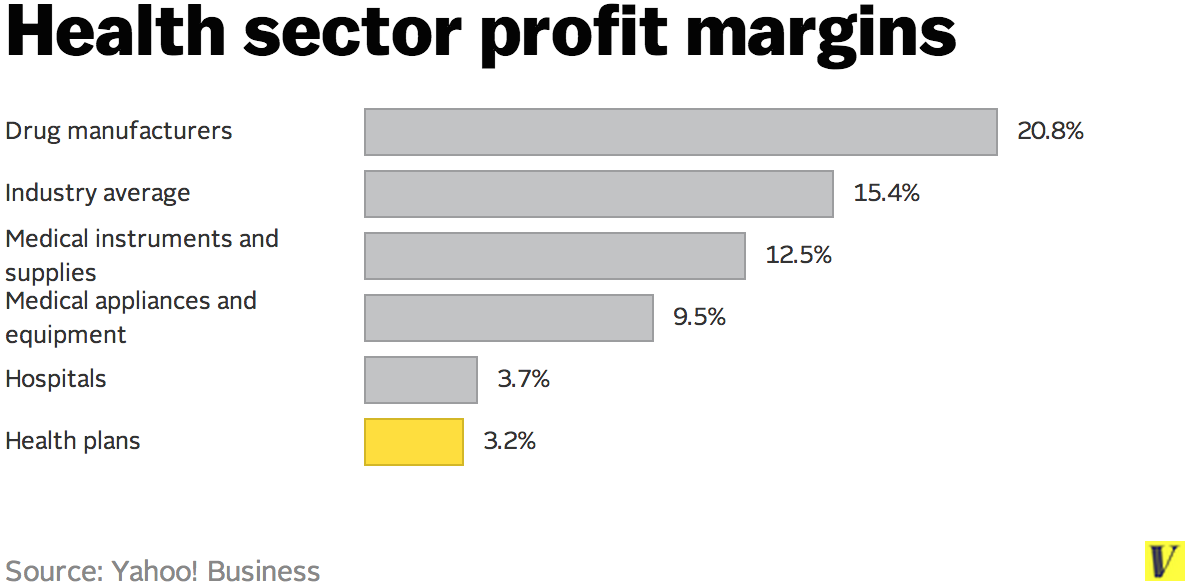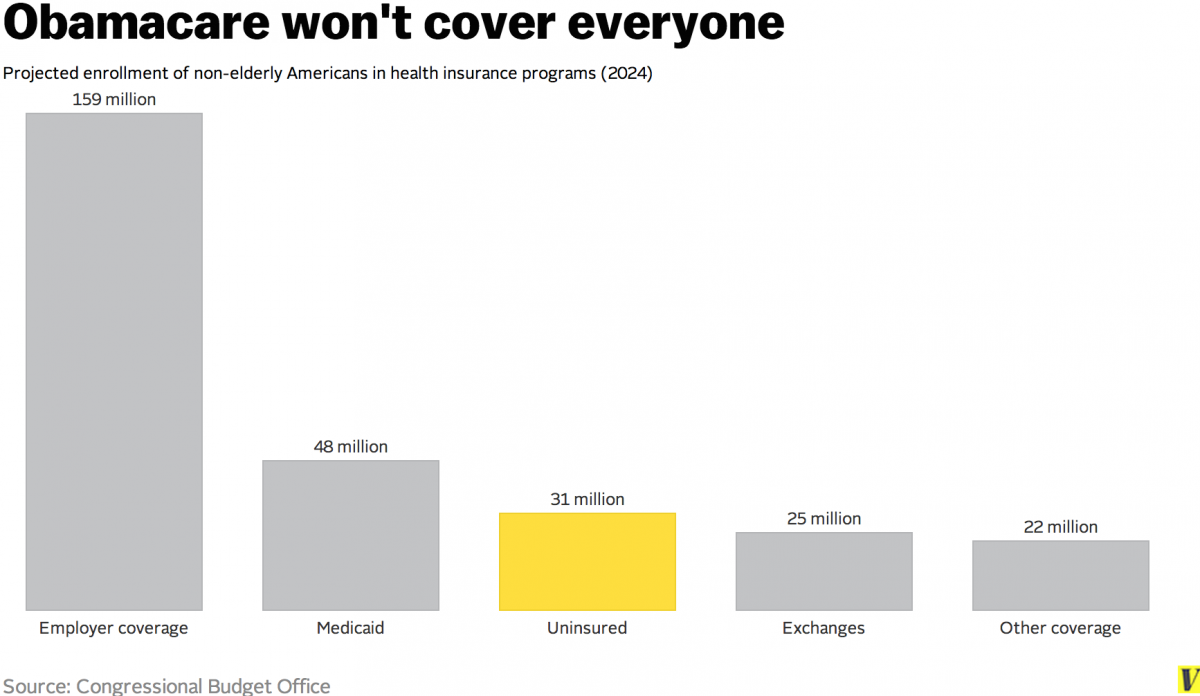By Tara Siegel Bernard
The New York Times, September 1, 2014
Anita Maina was working on an arts and crafts project she found on Pinterest — creating a table out of wood and cork — when she ripped off a fingernail while removing staples from a piece of wood.
“It is one of those things that really hurt, and I thought I should go to urgent care,” said Ms. Maina, 27.
But she ultimately skipped the visit since she had not met the $6,000 deductible on her health plan, and she knew she probably did not have much left in her health savings account, a type of tax-advantaged savings vehicle that is often used with high-deductible plans to help defray out-of-pocket costs.
Ms. Maina, an associate in a health and human services consulting agency, said her employer added the high-deductible plan earlier this year; though her monthly premiums are only $34, these plans require employees to pay for a greater share of their medical expenses upfront, before the plan starts making payments.
Next year, even more corporate workers are likely to be offered high-deductible plans — sometimes known more benignly as consumer-directed plans — and at a rising share of large companies, it will be the only option remaining.
“You can’t sugarcoat this,” said Paul B. Ginsburg, a professor of the practice of health policy and management at the University of Southern California’s Sol Price School of Public Policy. “This is a more challenging situation for consumers and it’s a reflection of how difficult it is to afford health care.”
Just as employers replaced pensions with retirement savings plans, more large companies appear to be in a similar cost-sharing shift with health plans. Besides making workers responsible for more of their care, employers hope these plans will motivate employees to comparison-shop for medical services — an admirable goal but one that some say is hard to achieve.
Several big companies started offering consumer-driven plans as their only option in the last couple of years, including JPMorgan, Wells Fargo, General Electric and Honeywell, among others; it is the only choice for Bank of America employees earning more than $100,000.
Next year, nearly a third of large employers will offer only high-deductible plans — up from 22 percent in 2014 and 10 percent in 2010, according to a study by the National Business Group on Health, which included 136 large companies that collectively employ 7.5 million workers. And 81 percent of those large employers will have added one of these plans to their lineup of choices, up from 53 percent in 2010.
With high-deductible health plans, consumers pay for all their medical services — at the insurer’s negotiated rate — until they meet their deductible. After that, consumers typically pay coinsurance, which is a percentage of each service — say 10 to 35 percent — until they reach the out-of-pocket maximum.
That is scheduled to be generally capped at $6,450 for singles and $12,900 for families in 2015, according to the Kaiser Family Foundation, and includes items like deductibles, coinsurance and co-payments, but not premiums, which tend to be lower in these plans.
So it is easy to see how shopping for an M.R.I. of the lower back — which canrange from roughly $415 to $4,530 — would suddenly pay off for both the employee and the employer.
“There are different approaches to cost containment,” said Professor Ginsburg. “One is having a lot of skin in the game, or just having to pay for a lot of your health care.”
Insurers and independent providers, including Castlight and Healthcare Bluebook, offer tools that help consumers estimate their costs and the quality of the providers. But shopping around can still be challenging.
“Castlight and others like it make a valiant effort to provide price and quality information,” said Uwe E. Reinhardt, a health policy expert and professor at Princeton.
“But the question is whether the prices they give you are binding. To really shop around effectively, prospective patients need binding prices.”
Castlight — working with more than 130 large employers — provides consumers with tools that offer personalized pricing and quality information for services within their insurer’s network. But even the most diligent shoppers can run into problems.
“They may have done everything right,” said Dr. Dena Bravata, Castlight’s chief medical officer. “They may have picked an in-network gastroenterologist for a colonoscopy. But then you don’t know if you need to have a biopsy, which then goes to a lab or pathologist who is out of network.”
And using the tools can simply be impractical in certain circumstances. “Most health care costs are incurred by very sick patients, such as those with heart attacks, strokes, cancer, mental illness, injuries — often under emergency conditions,” said Sara Collins, vice president for health care coverage and access at the Commonwealth Fund.
Another concern is that some people will be ill prepared to handle large bills, and will forgo care as a result. “If you go to the pharmacy and there is a $1,000 deductible on your drug benefit, they aren’t going to write you a five-year loan,” said Karen Pollitz, a senior fellow at Kaiser.
High-deductible plans are often used with health savings accounts. As long as the plan deductibles in 2015 exceed $1,300 for single people or $2,600 for families, and meet other criteria, employers and workers can deposit money into the H.S.A.; in 2015, individuals will be allowed to contribute up to$3,350 in pretax dollars (or $6,650 for family coverage). The money grows tax-free and can be used to pay for out-of-pocket health care expenses. (Health reimbursement accounts can also be used, but those are largely controlled by employers, and workers cannot keep the money if they leave.)
The National Business Group on Health’s study found that the vast majority of large employers make deposits. But Kaiser’s 2013 survey, which covers both small and large employers, found that about half of employers do not fund these accounts. Of those that do, Kaiser found they deposit $950 for singles with health savings accounts, on average, and $1,680 for families.
Kaiser also found that the average deductible for single people in a high-deductible plan paired with a health savings account was $2,098 in 2013, while it was about $4,037, in aggregate, for families.
Employers can insulate their workers by depositing more generous amounts into their H.S.A.s, which employees keep even if they leave the company. “Once it becomes their money, they treat it like their money, and there is that desire to shop,” said Brian Marcotte, president of the National Business Group on Health. “And that is what employers are trying to do.”
That was one of the attributes that was most attractive to Matt Van Horn, a 46-year-old senior software engineer who lives in Lafayette, Calif., with his wife and 13-year-old son. His employer, an online apparel company, contributes $1,500 into an H.S.A., or half of his family’s $3,000 deductible. “I like having the H.S.A., and the fact that it will survive the insurance policy,” he said, adding that the policy feels more like catastrophic coverage, although preventive care is fully covered (as it is with all high-deductible plans).
Given the increased adoption of the plans — Kaiser estimates about 20 percent of workers covered by plans were enrolled in a high-deductible plan with a savings account option in 2013, up from 8 percent in 2009 — consumers will need to weigh their options more closely during open-enrollment season.
“Understanding the mechanics of these plans is really important,” Mr. Marcotte said. “When you walk into the pharmacy and all of a sudden it costs $200 as opposed to $20, there is sticker shock.”
When evaluating these plans, consumers need to ask themselves several questions: Do you have the money to pay for all medical expenses until the deductible is met? What is the out-of-pocket maximum — can you afford that? And are you the type of person who will skip needed care if you need to pay out of pocket?
Many workers may not have a choice — a high-deductible plan may be their only option. “If the deductible is very high, all of a sudden the financial protection part of insurance, you are losing that,” Professor Ginsburg said. “You still have protection against very high claims, but you have people who may have to pay $5,000 during one year toward the cost of their care or more. And a lot of people don’t have that kind of savings.”
